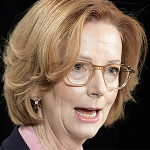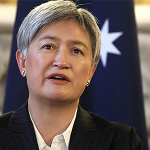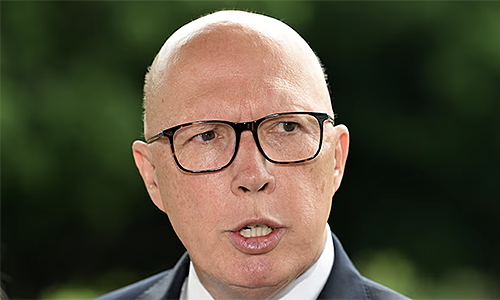
by CRYSTAL-ROSE JONES – AUSTRALIA’S population has grown by more 500,000 in just 12 months, with the nation recording twice as many migrant arrivals as local births.
A total of 666,800 new migrants entered Australia in the past year to June 30, while 221,200 individuals left the country.
- A total of 666,800 new migrants entered Australia in the past year.
- Australia’s birth rate is in decline, with births falling 0.7 per cent.
- The lowest rate of population increase was recorded in Tasmania.
The country recorded 289,100 births and 182,700 deaths.
The Australian Bureau of Statistics (ABS) calculates the total population increase based on the country’s birth rate, and migrant intake against the death rate and departures for the year.
NET INCREASE
The final figure sees the country receive a net increase of 445,600 migrants and 106,400 births for 552,000 new people, a population increase of 2.1 per cent.
Further, data shows Australia’s birth rate is still in decline, with births falling 0.7 per cent compared to the same figure last year.
ABS head of demography Beidar Cho said the country’s overall population now sat at 27.2m people.
“Western Australia had the fastest rise in population, growing 2.8 per cent in the past year. This was followed by Victoria, which grew by 2.4 per cent, and Queensland which rose 2.3 per cent.”
The lowest rate of population increase was recorded in Tasmania (0.3 per cent), Northern Territory (0.8 per cent), South Australia (1.4 per cent), and NSW and ACT recording the same increase (1.7 per cent).
According to the ABS, the highest percentage of overseas migrants to Australia come from England, followed by India, China, New Zealand and the Philippines.
Most of these international migrants went to NSW (net increase of 142,473 individuals), Victoria (132,859), Queensland (74,932), and Western Australia (58,082).
In terms of interstate domestic migration, Queensland came out the clear favourite with a net gain of 29,910 residents, followed by Western Australia at 9742.
In contrast, NSW lost the largest portion of local residents with 30,865 leaving the most populous State, followed by the Northern Territory (3775).
According to Australian National University’s Professor Alan Gamlen, the nation’s post-pandemic migrant boom is on the way down.
“Net overseas migration is declining at a faster rate than it grew after the pandemic,” he said.
“The initial splash has happened and we’re on the way back down to normal.”
STUDENTS
The Australian Government is also planning to bring the net migration figure down to 260,000 this financial year, and has plans to lower foreign student numbers to 270,000 from 2025.
Meanwhile, Opposition Leader Peter Dutton said his Party would make a call on migrant intake if he was elected in May.
“We’ll have a look at the economic settings when we come to government,” he told Sky News on December 8.PC










